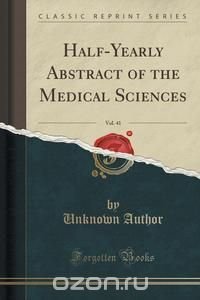Excerpt from Half-Yearly Abstract of the Medical Sciences, Vol. 41
It is said proverbially that poverty favours longevity, because the poor are not subjected to the bad consequences of luxury and wealth. Dr. Majer shows the folly of the popular dictum. It has been proved by the researches of Benoiston, de Chateauneuf, de Villerme, Casper, and others, that the value of life is less among the impoverished than the rich. Thus, of an equal number of infants of the same age double the number will die of the poorer than of the wealthier class. Where there is the greatest misery, there is the greatest mortality. According to Casper, the mean duration of life among the better classes of Berlin is fifty years, but among the paupers thirty-two years only. The same writer compares the death-rate of the princely and noble houses given in the Almanach de Gotha, with the indigent of Berlin, and he shows that of 1000 infants among the former, 57 die in the first five years; but of the same number among the latter, 345. Whilst the half of the poor only have attained the thirty-second year of life, half of the noble have attained the fifty-second. During epidemics the poorer classes are in an especial manner decimated. That simple well-being prolongs life is demonstrated by the low rate of mortality among persons who "assure" their lives in the assurance offices. A fifth or sixth part of Negro slaves die annually. But the mortality among the free negroes who serve in the English coloured regiments is only 3 per cent., that of slaves being 17 per cent.
About the Publisher
Forgotten Books publishes hundreds of thousands of rare and classic books. Find more at www.forgottenbooks.com
This book is a reproduction of an important historical work. Forgotten Books uses state-of-the-art technology to digitally reconstruct the work, preserving the original format whilst repairing imperfections present in the aged copy. In rare cases, an imperfection in the original, such as a blemish or missing page, may be replicated in our edition. We do, however, repair the vast majority of imperfections successfully; any imperfections that remain are intentionally left to preserve the state of such historical works. Это и многое другое вы найдете в книге Half-Yearly Abstract of the Medical Sciences, Vol. 41 (Classic Reprint)















